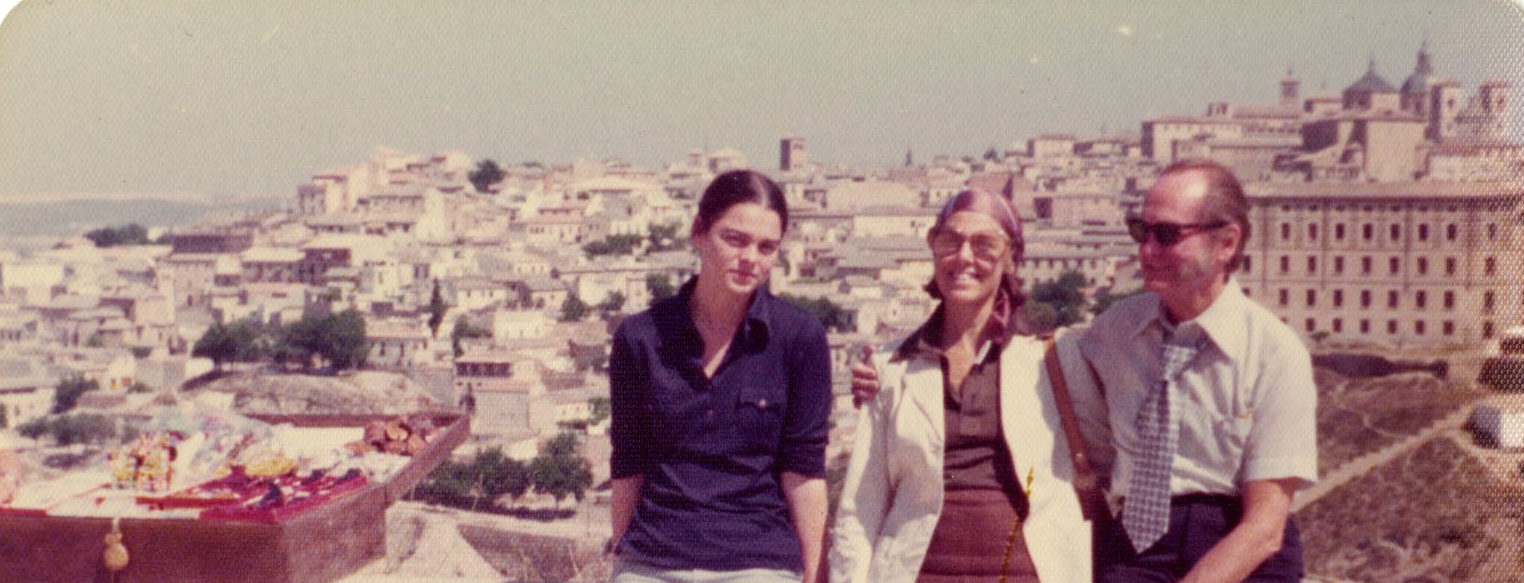Sybil wrote two journals on Romania in 1990. The first journal, in which she named Restive Romania, is a shorter journal more similar to her Iran journal in that she explores the political tensions of this country separate than her actual travels. Specifically, Sybil writes about her experience in the post-election protests. In addition to this protest journal, she also wrote one of her general travels while in Romania.
On May 20th, 1990 Romania experienced their first free election and effectively toppled the Communist government that controlled the country since 1947. Ion Iliescu and his party, the New Salvation Front, won the election in a landslide. Despite the outcome, groups of dissenters took to the streets in protest. These protesters were called ‘golans’ or a hooligan or ruffian in Romanian.
On May 19th, Sybil arrived in Romania. She describes the protests with interesting detail, comparing the crowds to a typical Mardi Gras parade crowd. She details the signs held, the fervid speakers, and the passionate mass of people flocking to the streets. It should be noted that Sybil remains relatively neutral in speaking about the politics of Romania. She instead includes the opinion of the US Ambassador to Romania, Alan Green, who mentions that he wished Bucharest had an American style grocery store. From this we can gather that while maintaining a sense of neutrality, Sybil still shares the viewpoint of the Western colonizer, wanting to return to their norms of capitalist consumerism.
Sybil comments that the scars of the previous December uprising are everywhere, from bullet holes in the walls of shops and hotels to the execution of the past president, Nicolae Ceausescu. Protesters that continued past the election grew violent, assaulting and firebombing government buildings, shouting loudly “the final solution is another revolution”.
Newly elected president Iliescu called in the support of miners to quell the protesters. While the protesters did disperse, the miners stuck around, insisting they stay until order was reinstated in the capital. By June 13th, the protesting was finally over. In his inaugural address on June 20th, Iliescu admitted, “there was overreaction in the public order restoration process.”
In closing, Sybil mentions the Casa Republicii, the large and grand Romanian parliament building that remains a “permanent reminder of the excessive extravagances of the former, deposed, deceased president, Nicolae Ceausescu.” As a final thought, Sybil wonders if Ceausescu knew of his future demise when installing an emergency escape tunnel, an escape route he was never destined to use.
The second journal Sybil wrote from her 1990 trip to Romania discusses more of her typical travel that we see in other journals. She titled this journal Lion in the Streets.
As Sybil was present during their first free elections, she includes a brief summary of the candidates. Sybil and Cliff stop in the town of Arad to observe the voting process, “many of the patient, orderly, gentle people were voting for the first time”. Before continuing, Sybil also includes a short reference to the rebellion that took place in 1989. A year after the rebellion, Sybil and Cliff set out for a walking tour of Timisoara, the city in which the rebellion begun.
Before any exploring, Sybil writes that an 8 year-old gypsy girl by the name of Carmen confronts her while leaving their hotel. The girl walks with Sybil, offering information about the town. Strangely, this young girl displays to Sybil the opinion of the majority of Romanian people concerning the rebellion and election, “she picked up a piece of paper, tore it in two, threw it to the ground and said, “Ceausescu”.” Clearly, even the children of Romania wanted change. Additionally, the general opinion about leaving behind a strict Communist government was clear as Sybil writes about a coffin strung up in a town square, the coffin decorated with a hammer and sickle. Inside the coffin, a young man popped up amusingly and shouted, “I leave you Iliescu”.
The next destination was Transylvania, where Sybil and Cliff visited the notorious castle of Vlad the Imapler, otherwise known as Dracula’s Castle, before continuing on to Bucharest. In the capital city of Romania, Sybil and Cliff are honored to meet the US Ambassador Alan Green, who expresses his openness and hope for success from Iliescu.
Sybil once again brings into discussion the Casa Republicii, an 11 floor marble white building 900 feet long and 600 feet wide, containing more than 1500 rooms. Ceausescu was heavily involved in the construction of this building, leading Sybil to call him a ‘lion in the street’. Now that Ceausescu is dead, the edifice sits quietly and she silently writes, “yesterday’s disdain could turn into today’s pride.” On the drive away from the Casa Republicii, Sybil’s bus driver comments, “Within a hundred years the building could become Romania’s source of pride and income, not one soul would even remember bearing its burden.”
